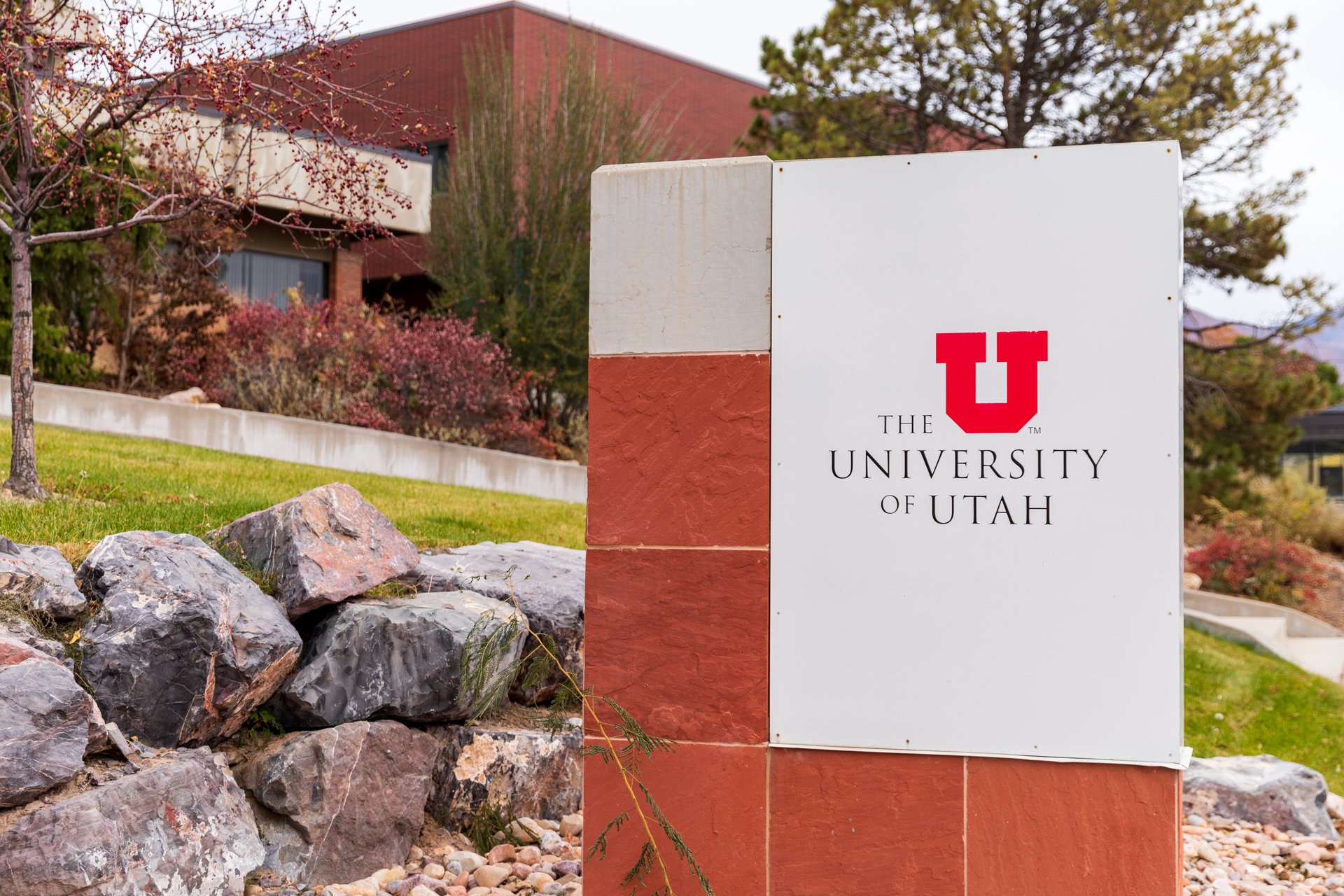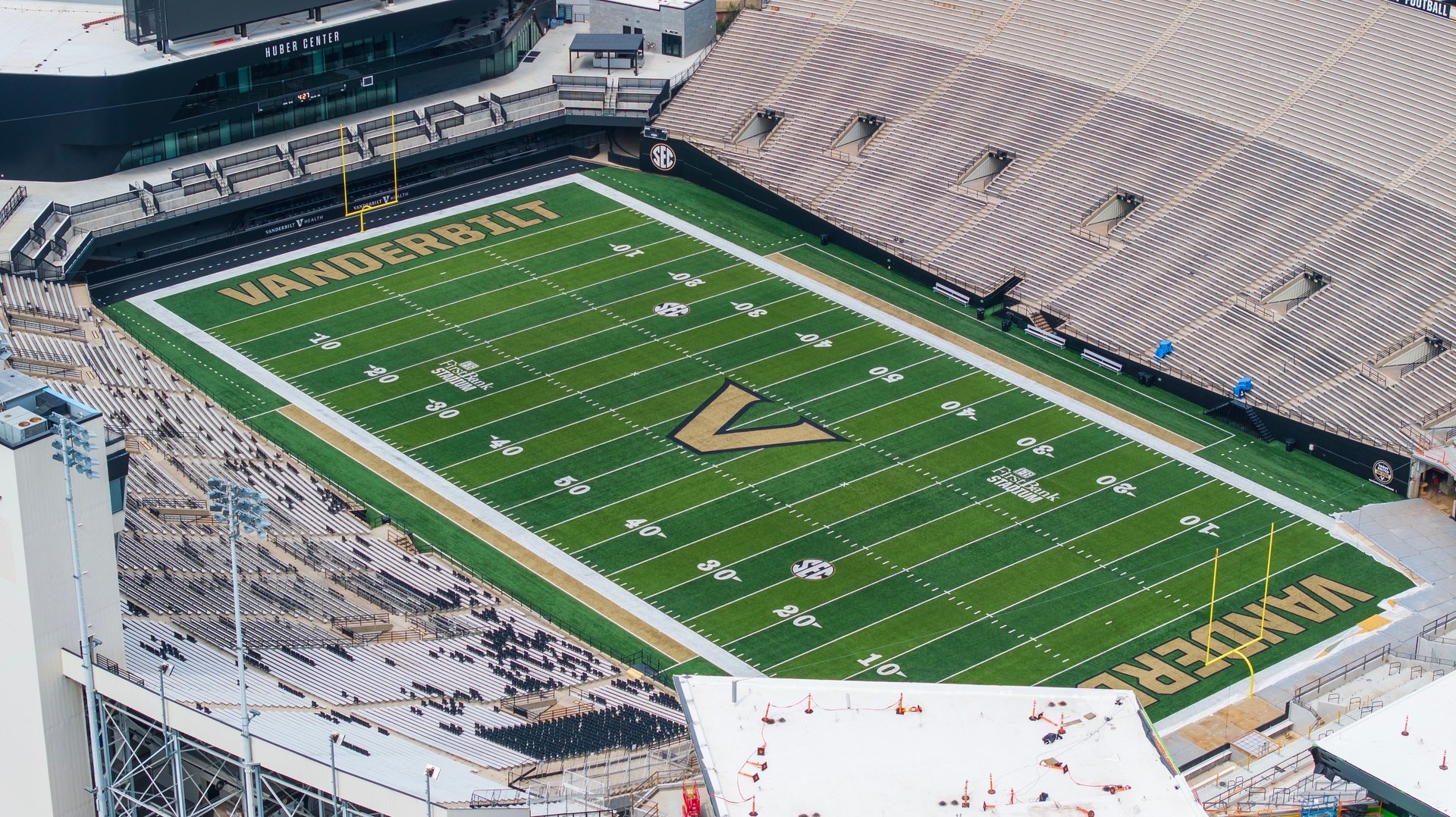Good morning, and thanks for your continued support of Extra Points.
June 30 was a weird day in California.
It was, after all, the day the news broke that UCLA and USC were leaving the Pac-12 to join the Big Ten. After spending the better part of the last 100 years playing west coast schools on a regular basis, the two biggest brands in the Pac-12 would now begin playing the majority of their conference games against Midwestern teams.
That same day, the state of California quietly expanded a state travel ban policy to include Indiana:
California Attorney General Rob Bonta today announced that California will restrict state-funded travel to Arizona, Indiana, Louisiana, and Utah as a result of anti-LGBTQ+ legislation recently enacted in each state.
Those aren't the only four states currently under a state-funded travel restriction. In fact, a whopping 22 states now under restriction, including Big Ten states other Big Ten states Iowa and Ohio, along with most of the South. Utah and Arizona, of course, are in the current Pac-12 footprint as well.
USC is a private school, so California HB 1887, the legislation that allows for these bans, doesn't apply to them. But UCLA is a public school, and no matter how 'creative' the Big Ten is able to get with scheduling logistics, there's no way around the fact that UCLA is going to need to make trips to Iowa, Indiana and Ohio.
So what happens now?
Getting anybody to talk about this policy has honestly been a big challenge. I reached out to the California governor's office, but was told to direct my questions to the Attorney General. Multiple requests for comment or clarification to that office were not returned. I reached out to the office of Dr. Michael Drake, the head of the University of California system, but my calls were not returned either. I left messages with UCLA's athletic department and university-wide PR department. I even called the office of Indiana's governor.
UCLA was the only entity to get back to me. An athletic department spokesperson sent over the following statement:
Should UCLA compete or recruit in a banned state, in compliance with the law, none of the costs for travel to that state will come from state funds. In addition, if a team competes in a banned state, student-athletes and staff will receive education about the relevant California law, the law at issue in the destination state and given the choice to opt out of the travel with no risk of consequence.
So not only can state athletic departments not use state funding to travel to restricted states, but employees cannot be required to travel to those states, and athletes, as non-employees, would be given the option to not travel without penalty.
UCLA football is scheduled to travel to Arizona State on Nov 5, and will travel to Arizona and Utah in 2023. UCLA is also scheduled to play a road game at LSU in 2024, and Auburn in 2028. Arizona, Utah, Louisiana, and Alabama are all states on the ban list.
So what would be considered 'state funds?'
This is a good question, and I'm told it's more complicated than you might think.
When I reached out to UCLA for clarification, a spokesperson told the following:
We receive about $2-3 million a year in student fees; no other revenue qualifies as state funds under the law.
I also reached out to senior administrators at three other public California athletic departments, all in different mid-major conferences, for additional insights into how they define it. For schools that aren't UCLA, 'state funds' may mean something different.
All three of the mid-major administrators told me that "state funds" would absolutely include any direct institutional support. "All the funds that the school directs to the athletic department would be state funds," one Big West school administrator told me. At the mid-major level, those distributions make up huge percentages of the operating budget.
But what about earned revenues? I'm told this can be more complicated, depending on internal accounting practices. Another school administrator told me that their stadium concessions are technically operated by a third party, and that revenue generated there would not be considered state funding, since it shows up as a vendor payment. Whether conference revenue distributions, gameday revenues, and other non-donor earnings would fall under 'state funds', depends, I'm told, in large part on internal accounting practices. Things could get messy.
Two of the three mid-major administrators told me that their schools use donor and philanthropy money to pay for restricted state travel, rather than earned revenues or any other athletic department funds. Multiple administrators also told me that in practice, figuring out what money can be used for what travel expense, or what becomes defined as a "travel expense", can be a bigger issue than you'd think.
In the Big Sky, for example, California teams would need to travel to Montana, Idaho, Arizona, and Utah, all on the restricted travel list. That's a significant lift, even before anybody goes on a single recruiting trip.
It's even an issue in the Big West. Every school in the league but Hawaii is in California, and Hawaii is not a restricted state, so on the surface, that doesn't seem like a big deal. But almost every school in the league needs to at least occasionally travel to Arizona, Utah or Texas to recruit, travel that they would then need to pay for with donor money.
"Plus, if we're playing an NCAA Tournament event in one of those states, an event that we never scheduled or asked for, that still falls under restricted travel," another administrator told me. With most states in the South falling in the restricted list, it's hard for any sport that competes nationally to avoid traveling to a restricted state.
Not to mention all the conferences and conventions that might happen in restricted states. The NCAA, after all, is headquartered in Indiana. Texas and Arizona are hotspots for conferences and meetings as well.
Still, will UCLA be able to pay for this? Yeah. And it makes one wonder...what exactly is the point of all this?
UCLA, even with significant athletic department debt, will be making plenty of money from future Big Ten revenue distribution checks. Three million dollars a year is a drop in the bucket for a department that historically brings in more than $100 million in revenue. The raw dollars and cents, for a school like UCLA, aren't the issue.
But complying with this directive may cost extra man-hours, as the school will need to track down exactly where each dollar came from, and it might require the school to use donor or third party money in a less efficient way. But certainly, UCLA will be able to comply. Even the more cash-strapped mid-majors are able to comply, even if it's a bigger problem for them.
I can't help but wonder...what, exactly, is the benefit of enacting these bans? If California's government was hoping to demonstrate that they strongly disapproved of legislation they felt harmed the LGTBQ community, announcing these moves the same day that the state's flagship athletic program announces they're gonna travel to these states more often completely undercuts the message you're trying to send. What would be more impactful, telling some bureaucrats that they can't go to a paralegal conference in Dallas, or anything UCLA basketball does?
If all the state's athletic departments are still regularly traveling to restricted states, does requiring them to do more paperwork, or direct donor money away from athlete services, do anything to stick it to the ol' Republicans? Or does it just create more work for the sake of creating more work?
And shoot, it doesn't even appear California's governor takes the ban particularly seriously.
I'm not saying that I personally approve of the legislative choices made by several of the states on California's list. And I also understand that I am but a college sportswriter, and may not be appreciating what such a directive means at other levels of California's massive public bureaucracy. Perhaps there are use cases or components that I am not considering.
But after making calls and digging into this, I can't see how this policy actually helps many people, or serves as an effective instrument to encourage policy change...at least as far as athletic departments are concerned.
To sponsor a future Extra Points newsletter, please email [email protected]. For article ideas, newsletter feedback, FOIA tips, athlete NIL sponsorships and more, I'm at [email protected], or @MattBrownEP on Twitter, and @ExtraPointsMB on Instagram.

















